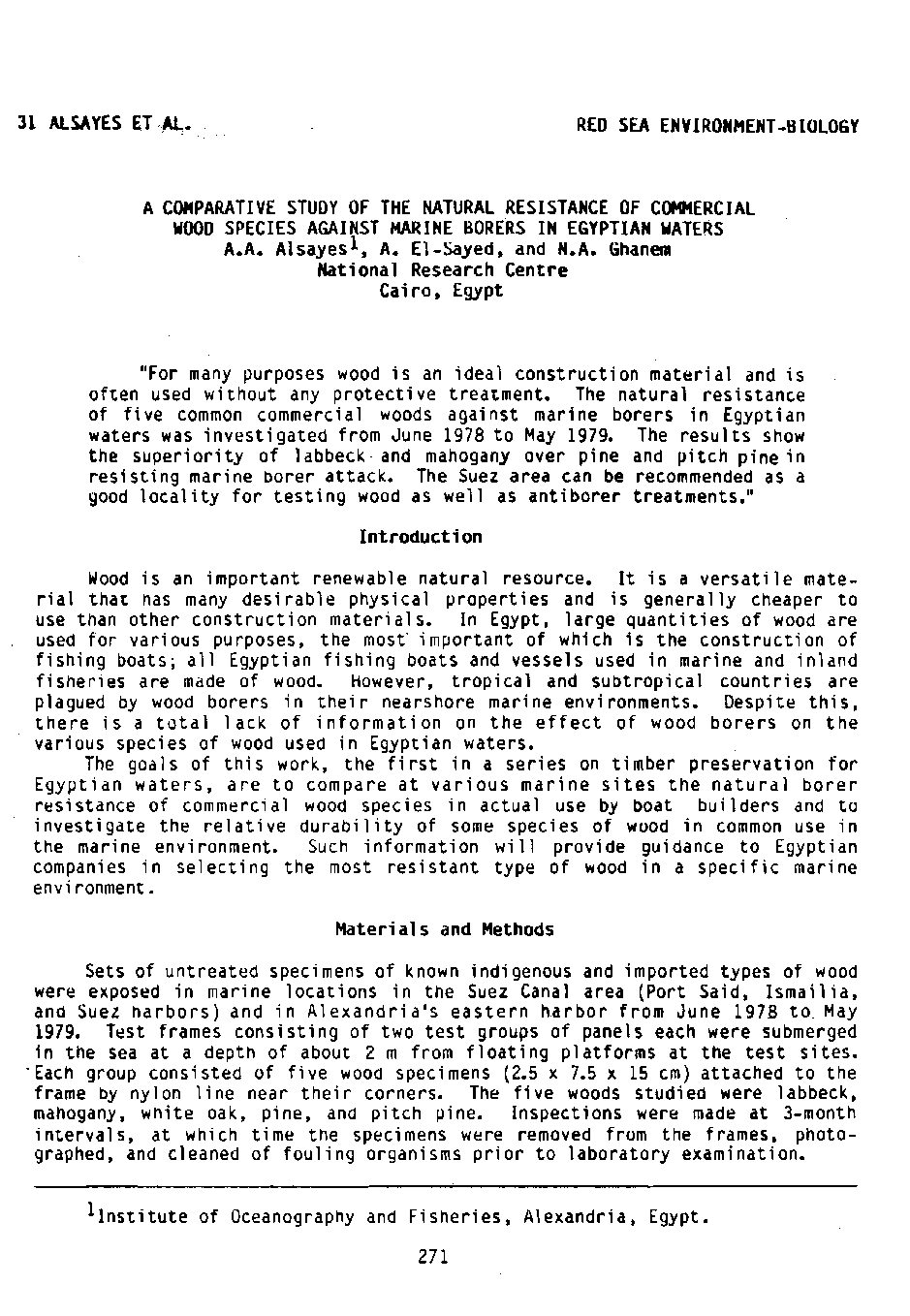Categories
vol-9A NEW RECORD OF SLqoLNBLLA AURITA VALENCIENNES, 1847 (TELEOSTEI:
CLUPEIDAE) FROM THE EASTERN PART OF THE ARABIAN SEA: A POSSIBLE
IMMIGRANT THROUGH THE RED SEA?
Someshwar Dutt and K. Varahala Raju1
Andhra University
Visakhapatnam, India
“Sardinella aurita Valenciennes, 1847, is widely distributed in
the tropical Atlantic, the Mediterranean, and the western central
Pacific, but in the Indian Ocean seems to be replaced by 5ardinella
longiceps Val., 1847. s. aurita has now been recorded from Quilon on
the west coast of India. Its occurrence in small numbers in the
Arabian Sea and its absence in the Bay of Bengal foster the hypothesis that it might represent an uncommon instance of migration from
the eastern Mediterranean through the Suez Canal and Red Sea.”
Introduction
In India, clupeoids account for about one-third of the total annual catch
of marine fish; the total catch was about 1.4 million metric tons in 1979. The
entire fishery is restricted to the inner half of the continental shelf.
Among the clupeoids, sardines of the genus Sardinella Valenciennes are the
most important. We do not have a reliable picture of the total number of
species of this genus represented in the exploited waters off mainland India.
According to Nair (1973), there are nine species represented in India.
Whitehead (1973) listed ten species from India and indicated that two others
are likely to occur there, but not Sardinella aurita Valenciennes, 1847. In
1960 Ben-Tuvia (1960a) showed the known distribution of s. aurita and its
notable absence in the Indian Ocean, where it was replaced by Sardinella longiceps (Whitehead, 1973).
We undertook the present study because of the very few in-depth analyses
of the taxonomy and spatial distribution of Sardinella species represented in
India. We recorded the following 10 species: s. aurita, s. longiceps, s.
dayi, s. albella, S. fimbriata, S. melanura, S. gibbosa, S. sirm, S.
clupeoides, and s. leiogaster. Among the 1L species listed by Whitehead
(1973), 3 — S. jussieui, s. brachysoma, and s. sindensis (the latter most
probably a synonym of s. gibbosa) — have not been recorded during the present
study. S•. aurita is being recorded for the first time from Quilon on the ~est
coast of India~ in fact, this constitutes the first record from the Indian
Ucean.







